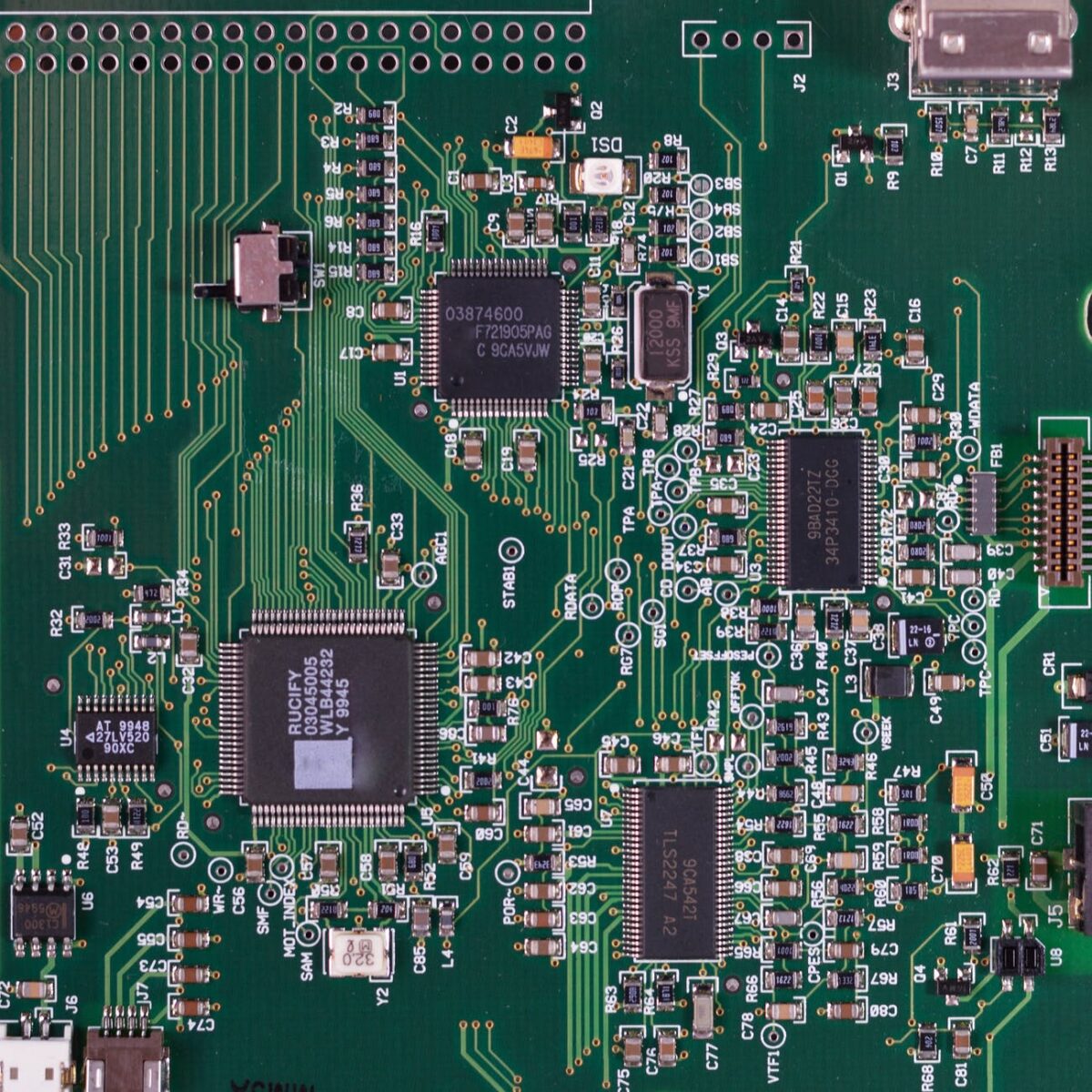Memory suppliers to benefit from strong demand and supplier shortages
While the downsides to electronic components shortages are well known, business is booming for smaller memory suppliers.
Sales of Samsung DRAM grew 26% in Q2 2021 without meaningful production capacity growth, and as supply/demand imbalances grow, memory suppliers like Samsung, Micron and others are turning to smaller suppliers to fill gaps.
As chip shortages continue, demand grows. Order books get filled off the page, creating longer lead times (up to 40-weeks) and extending standing orders. This is bad news for the end-product manufacturer but great news for suppliers, who see sales rise and bids increase to fuel record turnover and, in some cases, net profits.
The sector as a whole is booming, but no better example of taking the bull by the horns exists than Alliance Memory.
Alliance Memory is a US-based 30-year-old DRAM manufacturer, billed as a legacy SRAM supplier and a leading domestic supplier of DRAM and flash memory. The company’s run rate in 2021 is double what it was in 2020.
In an interview with EPS News, Alliance Memory CEO David Bagby explains why: “we went out to customers struggling to get Samsung. Now we have maybe the best representation of DRAM and SRAM product of anybody out there.”
Memory upturn forecast to continue
IC Insights, the foremost authority on memory and chip demand, has predicted a new record high for memory demand in 2022.
Stronger DRAM pricing is expected to lift total memory revenue 23% in 2021 to $155.2 billion. The memory upturn is forecast to continue into 2022 to $180.4 billion, surpassing the all-time high of $163.3 billion set in 2018.
Demand for memory, including DRAM, SRAM, and flash, is being driven by economic recovery and the transition to a digital economy. Unlike other technological cycles, the current cycle of digitalization has weight behind it, fueled by innovations in data centers, 5G and space networks, AI, robotics and IoT.
Sequentially, the average price of DRAM rose 8% in the first quarter of 2021. Another increase of 18-23% in Q2 sent memory suppliers into a spin. Demand is outstripping supply, creating a perfect storm for continued price increases.
Price increases expected to continue until late 2022
The price of memory is more sensitive to other electronic components because supply is controlled by a few big players. Smaller memory suppliers fill in gaps in supply, but the big guns like Samsung and Micron rule the roost.
When demand outstrips supply at the big guns, prices explode. We’ve seen it several times before, such as the memory price increase of 2018. Prices fell again in 2019, recovered a little in 2020, then soared again this year.
Memory is a commodity and companies are willing to pay big to get a hold of it. Bidding wars are not uncommon and 40-week lead times are normal today.
However, while the memory upturn is predicted to continue into 2022, Gartner says memory prices will dive at the end of the year, predicting that an “oversupply” of memory chips will develop as demand eases and supply increases.


